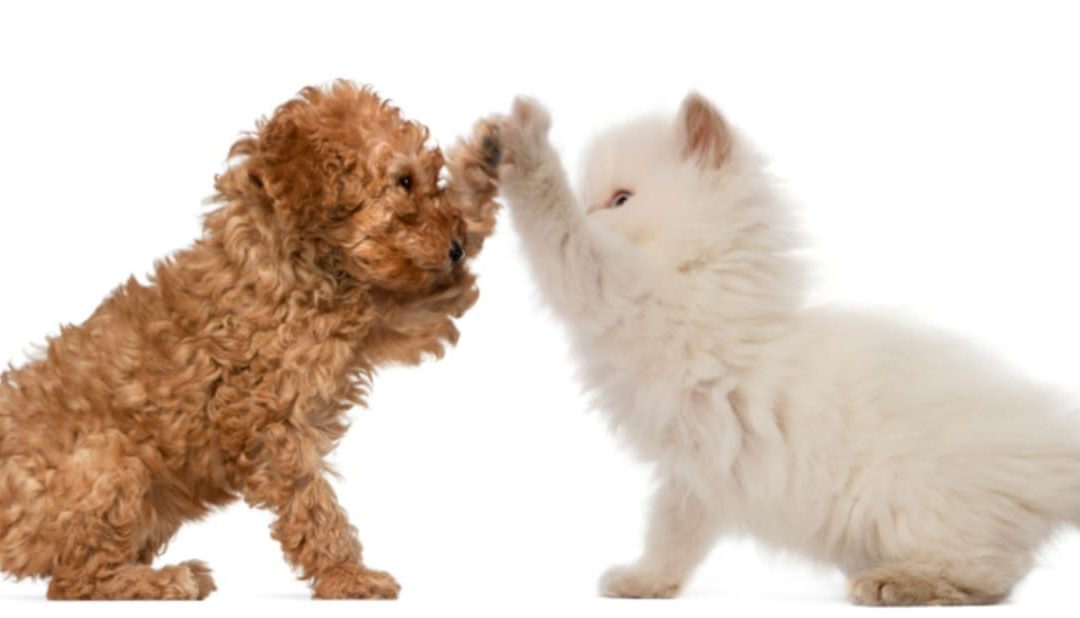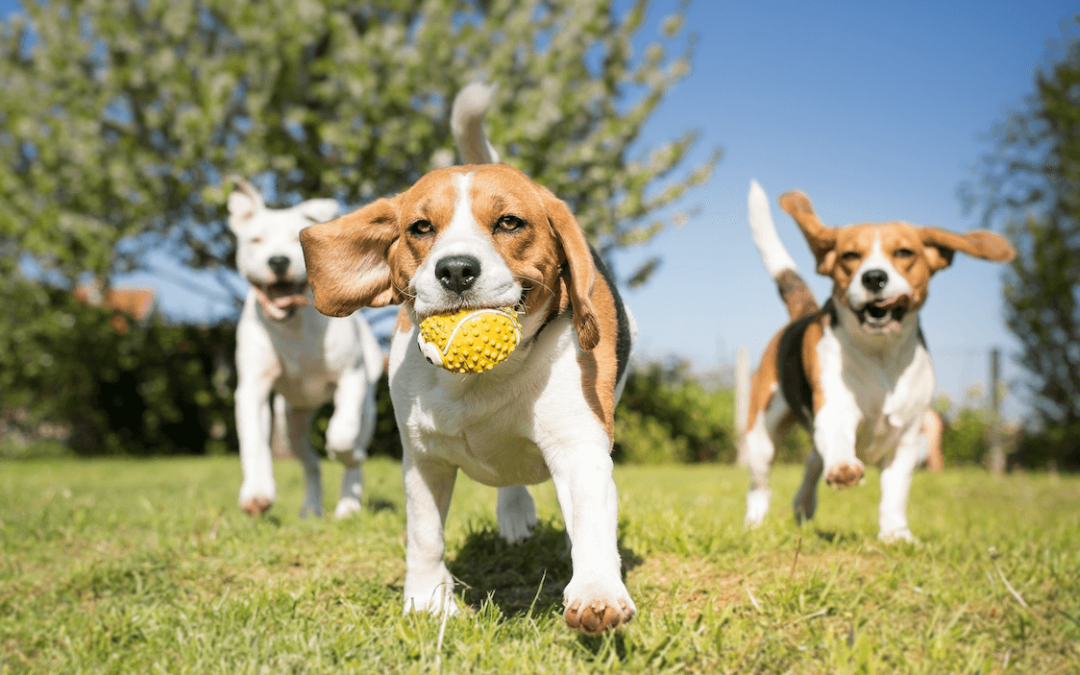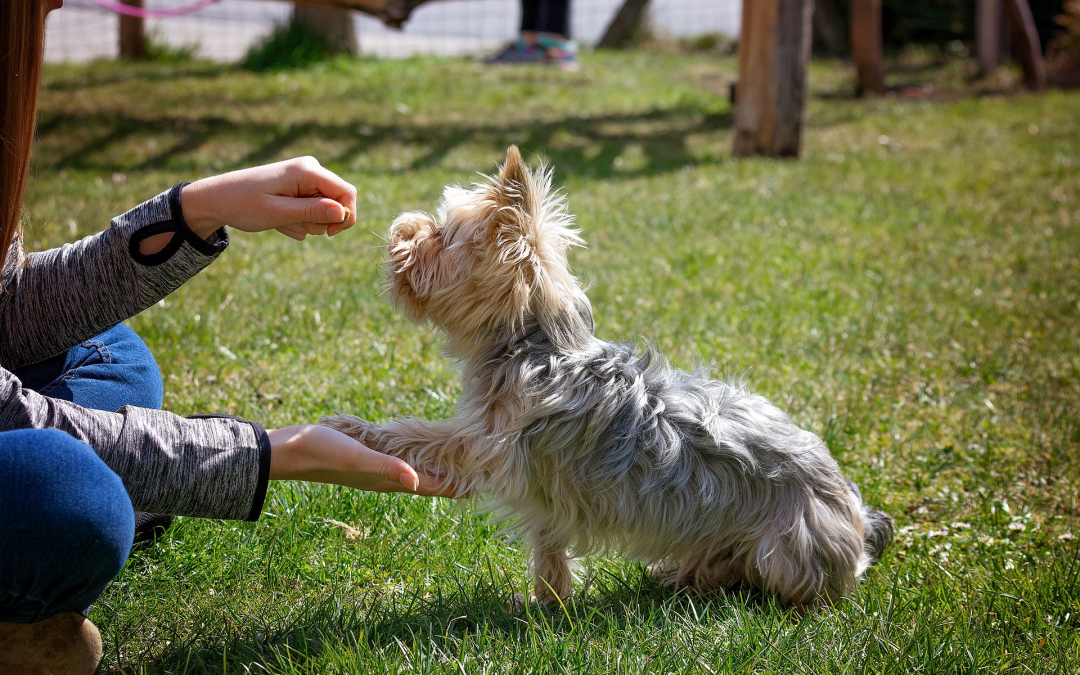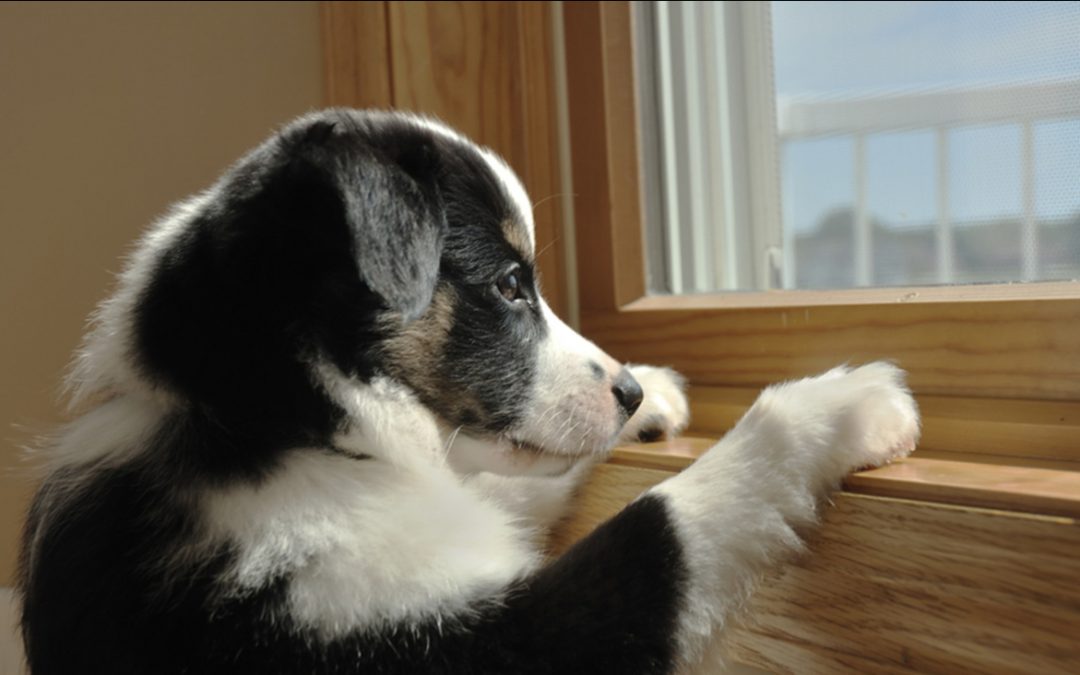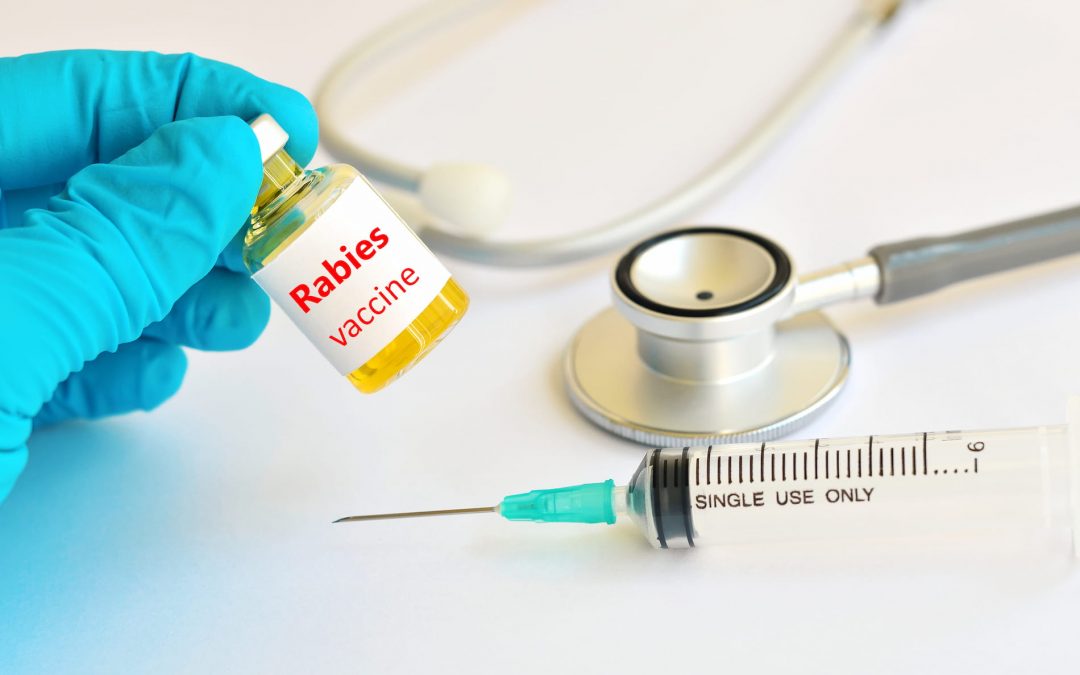
The Importance of Pet Vaccinations
In this post
Grooming is vital for your pets. It not only helps keep them clean but also ensures you are made aware of any issues vital to their wellbeing. Before taking your pets to the groomers, you need to make sure that you follow certain safety precautions. One of the most important is to ensure your pet has had its vaccinations, something required by all professional pet groomers.
Pet vaccinations are not only aimed at protecting your pets from viruses and diseases. These vaccinations prepare their immune systems to help them build resistance. Each state has a list of mandatory vaccinations for pets, but there are also some other vaccines recommended by vets. Pet vaccinations offer protection for you and your pets, but also for pet groomers and their businesses.
Diseases spread easily in areas where pets congregate. Whether you are taking your pet to the vet’s office, boarding kennels, the groomers, or the pet store for supplies, vaccines ensure that your pet is always safe.
Are there legal requirements regarding vaccines and groomers?
Currently, nearly all states in the US require pet groomers to maintain proof of the rabies vaccination from the owners of the pets they groom. A copy of a medical record, veterinarian statement, or vaccination certificate must be kept by the business for up to a year. Pet grooming businesses are liable for a fine if they cannot present this proof. Most importantly, pet groomers are potentially harming their business’s reputation if they are punished for the offense. That is why they demand proof from you of your pet’s vaccinations.
Why must you vaccinate your pet?
Vaccines are not cheap, and many people prefer to administer only those required by their states. Pet owners must check with their local governments or humane society about mandatory vaccines. Your veterinarian can also tell you which other vaccines are important to ensure your pet lives a long and healthy life.
Pet groomers play an important role in educating pet owners about the required vaccines. Protected pets are not only healthier, but they also cannot spread any unwanted diseases and viruses during their visit to the grooming salon, play park etc.
One of the major reasons people avoid vaccinating their pets is the cost because pet vaccines are not free. However, pet health insurance plans can help minimize this burden.
Do vaccines hurt?
Yes, vaccines do hurt pets, just like they hurt humans. Certified pet groomers are both knowledgeable and experienced to offer advice on how to relieve any discomfort or confusion your pet may feel after its vaccination.
Pet groomers usually advise their clients not to bring their pets in for grooming immediately after pet vaccinations. The tenderness to the area of the jab can make your pet grumpy. A later appointment date, usually at least 2 days after the vaccination, allows the pets a few days to recover in the comfort of their home. This waiting period ensures your pet has no side effects and is fully protected.
Why are vaccine schedules important?
Like with humans, most pet vaccines require a repeat dosage to ensure their immune systems are maintained. These booster shots are vital, and often pet grooming clients may forget them. Pet groomers understand the importance of a healthy pet, and they are often the ones who encourage or remind their clients to keep to their pet’s vaccination schedule.
On the other hand, some vaccines are not repeated but are given on an as-needed basis.
Pet groomers are also trained to watch pets for any unusual behavior. Whenever they have any concerns, they approach their clients to make sure the pet has not had any traumatic changes or is exposed to situations affecting its health.
Can pet vaccinations have negative reactions?
All medications and vaccines present some risks. It is extremely rare, but yes, sometimes a pet may have a negative reaction to a vaccine. Pet vaccines are considered safe because they are extensively tested before they are circulated. One of the most common side effects is discomfort or swelling where the vaccination is administered.
These are some of the symptoms to look out for according to veterinarians:
- Tiredness or weakness
- Decrease in appetite
- A sudden change of mood
- Skin reaction at the injection site
- Diarrhea, fever, or vomiting
- Itching or swelling
- Difficulty breathing or shortness of breath
Sometimes your pet may have an allergic reaction to the vaccine. This is very rare, but you should contact your vet immediately if you notice any severe changes.
Which vaccinations should your dog have before going for grooming?
Because diseases can spread easier when your dog is out and about with you, there are four very important vaccinations they should have. American Humane warns that pet owners need to keep in mind that most vaccines need anything from a few days to a couple of weeks to become fully effective.
After each vaccination, ask your veterinarian for the record to send to your pet groomer to keep on file. Vaccinations are usually administered 2 to 4 weeks apart to ensure they are most effective.
These are the four most important vaccines:
Rabies
The rabies virus is extremely dangerous to both dogs and humans. Because it is so deadly, it is required in most states. Unfortunately, there is no cure for rabies, and prevention is the only way to prevent the virus. Dogs are usually first vaccinated for rabies at about three months, and the vaccination is repeated a year later.
Parvovirus
Parvovirus is becoming very common and is an extremely deadly virus. It typically appears with the presence of bloody diarrhea and is spread by infected feces. Sometimes, the parvovirus can kill a dog in just two days, and the virus can linger for up to two years. The vaccine is the only way to protect your dog.
Bordetella
Commonly known as kennel cough, Bordetella can spread rapidly, causing inflammation in the dog’s upper respiratory system. This leads to coughing and increases a dog’s chances of developing other illnesses. Kennel cough is treatable, but it’s best to have your dog vaccinated. Your dog is given two doses in the first 16 weeks and this is followed by a booster shot every two years.
Canine influenza
Canine influenza is a dog flu that is transmitted from dog to dog when coughing, sneezing, or barking. The virus lingers for hours, making it easily transmittable in shared spaces. The symptoms include a nasty cough, fever, decreased appetite, and lethargy. These symptoms can take up to three weeks after exposure to develop.
Other precautionary vaccines
Other vaccines commonly administered include those for leptospirosis and Lyme disease. The best way to ensure your pet is covered is to discuss your pet’s lifestyle with your vet who will accurately assess its risk of exposure to infections and offer the necessary protection.
What are the essential vaccines for your cat?
Cat grooming is essential for cats because it helps prevent dangerous blockages from hairballs. Pet groomers also cut your cat’s nails and offer vital ear care. Just like with dogs, some vaccines are vital to your cat’s health. There are several vaccines for cats that are not essential but are often recommended by vets, including for chlamydia, Bordetella, and feline leukemia.
These are the two most essential vaccines:
Feline Viral Rhinotracheitis, Calicivirus and Panleukopenia (FVRCP)
This is commonly known as the “distemper” shot. This combination vaccine protects against three diseases: feline viral rhinotracheitis, calicivirus, and panleukopenia (often called feline distemper).
Rabies
Just like in dogs, the rabies virus is fatal to cats and other mammals, including humans. Rabies vaccinations are required by law for cats in most states.
What is the right age to groom a puppy for the first time?
As soon as a dog’s vaccines are up to date, it is ready to visit the pet groomers. This is usually between 12 and 16 weeks. At this stage, your dog will have had enough vaccines to fully cover it against most diseases. The earlier your puppy is exposed to other environments; the better it can acclimatize.
By 16 weeks, most dogs have had their DHPP (distemper, parvovirus, parainfluenza, and adenovirus) shot and its boosters. At this stage, they are fully protected against rabies – the most essential vaccine required by pet groomers before accepting a puppy at their salon for the first time.
Regular grooming services from this young age help to train your puppy for future grooming, and sessions are much shorter to ensure it is comfortable throughout the process. Depending on your dog’s breed, regular grooming sessions vary from monthly to three months.
Providing vaccination proof
Preventative pet care is important, and pet vaccinations are one of the most important ways to ensure healthy pets. Your favorite pet grooming salon follows the rules set out by the federal and local authorities to ensure your pet is protected from dangerous viruses and bacteria while being groomed. Therefore, they require you to provide proof of your pet’s vaccinations. This is kept on their database, making sure they have the information available for future reference.
If you want the very best for your pet, then you need look no further than Pet Groomer Finder to make an appointment with a reputable pet groomer near you. At Pet Groomer Finder you save time with features that include reviews, online schedule appointments and your pet’s appointment history. Book your pet grooming appointment today!

